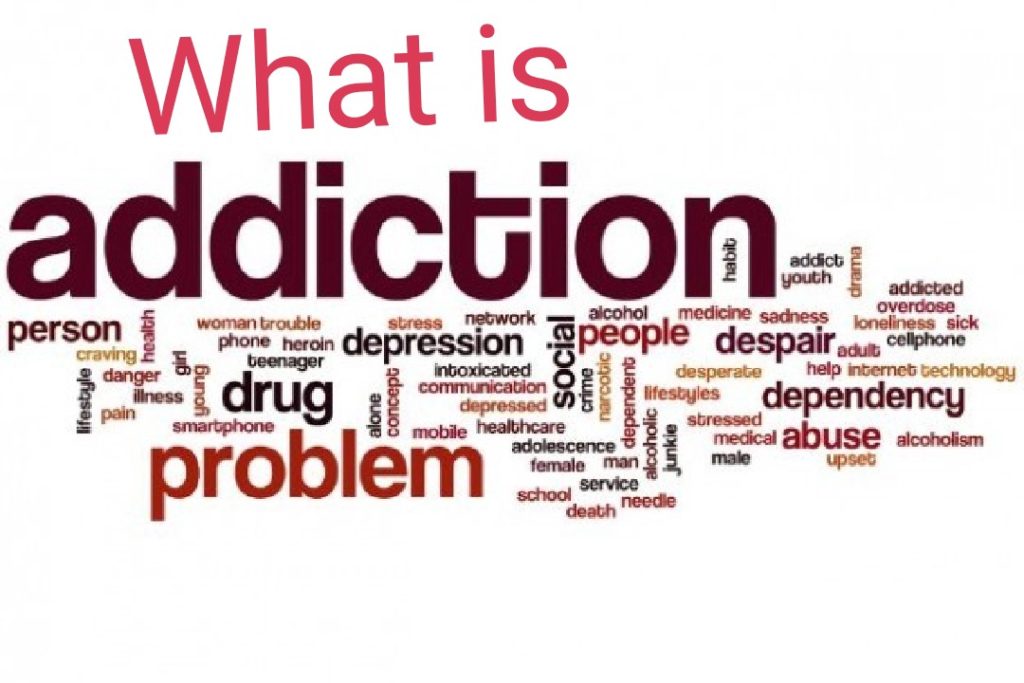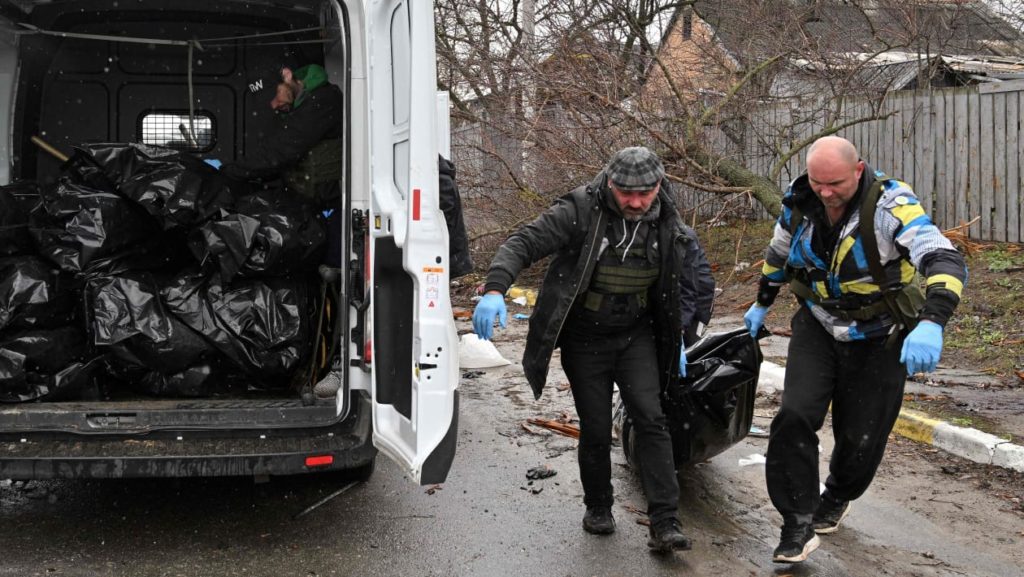
In the safeguarding world, certain words get used over and over again. One of these words is independence. Independence is something that is required particularly when institutions and their members are challenged for poor behaviour. Someone from outside the organisation under scrutiny is needed to determine the guilt of otherwise of those caught up in a particular incident. Possibly the institution as a whole has been corrupted by guilt. There is a general common-sense assumption that only an outside body, one that does not contain members who owe loyalty of any kind to the organisation under scrutiny, can expect to get close to the truth. The independent group is in a good position to be able to apportion, when needed, blame and responsibility.
A good example of independence uncovering truth in the recent history of this country is found in the Independent Inquiry of Child Sexual Abuse, referred to as IICSA. This came into being because the British Government wanted to reveal the existence and extent of child sexual abuse in some of our national institutions. The organisation to do this work needed to be, as the first letter of the acronym IICSA suggests, independent. Its hearings were completed in 2021 but its final findings have yet to be published. As readers of this blog will know, a considerable amount of time was given to the role and failings of the churches in this area. The Church of England and the Roman Catholic Church in England were both put under scrutiny. Both can be said to be still processing a seemingly endless series of poorly handled cases which IICSA examined in detail. IICSA represents a positive example of what can happen when an outside body is able to scrutinise the inner workings of an institution without fear or favour. Organisations find it difficult, without independent help, properly to assess whether they are applying their own protocols and regulations to effectively protect the vulnerable.
Institutions like the churches can and do look to independent bodies to scrutinise their work in safeguarding and other matters of governance. The chief guarantee that such organisations are doing a good job in this area is found by looking to see, over a period, whether that body continues to maintain its reputation for integrity and competence. In Britain one organisation that has good reputation with the churches and survivors alike is the consultancy group called 31:8. It has recently produced reports on the Jonathan Fletcher affair and the Sheffield group, known as Crowded House. Both of these 31:8 reports were examined on this blog. It can be justly claimed that 31:8 has proved itself to be an independent group of the highest calibre. Not only are the opinions expressed measured and careful, but the depth of relevant specialist knowledge to provide the tools of analysis in each situation is remarkable.
The possibility of sound independence being maintained in safeguarding matters is provided by these two reports. No doubt there are others. One has less confidence in a process when a church, or indeed, any organisation, takes control over an ‘independent’ inquiry to examine something that has gone wrong internally. How can one guarantee that a report will be truly independent when the body commissioning it is paying for it? Does calling something independent necessarily make it so? Is it ever possible for independence to be fully preserved when the personnel and the money for the independent committee, come from the same place? When reputable independent reports are presented to the church, like the Elliot report examining the case of ‘Joe’, there also seems to be a tendency to bury the challenges contained in them and hope that people will quickly forget what was said. The new initiative, House of Survivors, will make, as Fiona Gardner puts it, this ‘collective amnesia’ in the Church harder to maintain.
In the safeguarding echelons of the Church of England we have an organisation called the Independent Safeguarding Board (ISB). Two problems exist for this group. One is that it is entirely funded by the Church of England. That fact alone makes it hard to trust it completely since the paymaster can always subtly compromise the work of an organisation that it is paying for. The ISB has also not been around long enough for it to have gained a reputation for rugged independence. There is yet another problem facing the ISB. The Chairman of the Board, Maggie Atkinson, is only able to give a small amount of time to the role. It is hard to see that anyone not full-time in such a role will ever obtain the ‘narrative-wisdom’ that is needed really to understand the range of historical and other material that exists. If the Church of England wishes the independent voice to be really heard, then it must invest much more by appointing a high-flyer, as Maggie Atkinson undoubtedly is, to give expertise, resources and adequate time to accomplish this role.
Before we offer further thoughts on what might be the way forward for building into the Church’s structures something that is truly independent, I want to give some thought to the word itself. I always find it helpful to examine individual words and see whether there are nuances of meaning can be extracted that I and others may have missed. The word independent has two parts. The second part of the word, ‘dependent’ is formed from the Latin word to hang. The simplest example of this would be in the word pendant. From the idea of simply hanging, we come to the idea of one thing firmly attached to another, like a child holding on the mother in the process of feeding. As the Psalmist puts it, as a child, he ‘hanged yet upon my mother’s breasts’ in order to survive. This picture of the child at the breast is the ultimate symbol of what we mean by the word ‘dependent’. There are obviously numerous other examples we can think of to denote dependency within the context of human relationships. Beyond that context, we can think of a factory manufacturing a product which needs raw materials to do its work. It thus depends on an uninterrupted supply of these materials. We can all think of numerous other examples of this kind of dependency. But here our main interest in the word is in the way that every human being is caught up in relationships that involve dependency, at least some of the time. This is a rich area of discussion and discovery. Sometimes dependency is life-giving and appropriate. At the same we know how dependency can sometimes be emotionally crushing and destructive. An entire blog post could easily be spent on this discussion. Here I want us to think of dependency as simply being the situation when individuals look to others to provide for their survival/physical/emotional needs.
The addition of the prefix ‘in’ to the word indicates that an individual is attempting to operate alone without any of this dependency. Independence as a word is applied to the young adult leaving home and a country shaking off colonial rule. If we are right to note the emotional, relational aspect of the word dependent, we may be correct in suspecting that many examples of ‘independent’ may also have a strong emotional flavour. There is this hint of proud maturity in the one using the word. We, the independent ones, no longer look to mother in order to survive and flourish.
One of the major issues in the safeguarding world is that the one searching for justice following abuse is still likely to be caught up in a maelstrom of emotions about what happened. He/she wants or needs a number of maybe conflicting things. The survivor above all wants to be heard. The need for compassion and independence on the part of the one listening is also of crucial importance to the survivor. Any sense that this independence is compromised in any way will damage the potential for healing in the relationship. I want to articulate in bullet points what true independence might look like from the perspective of a survivor.
- Independence requires that a listener, who is interacting with a survivor, can remain free of all outside agendas. Even if the listener is a member of a church that is somewhere involved in the case, for the purposes of the conversation, that fact should be placed to one side. The listening should be done by someone with no other concern except to hear and learn from the experience of another human being. The humanity of the listener is here the main requirement needed to be a listener and the survivor needs to feel that humanity.
- Every listener to survivors’ stories should have the skills of imagination to anticipate the survivors’ needs. Outbursts of anger, grief and shame may all enter into the interaction, but the independent listener should have the professional and personal skill to be able to handle these and not allow them to label any survivor as ‘difficult’. Those with the right skills should be able to gain the trust and respect of both sides, the church and the survivor, without compromising the need to be independent.
- The independent helper will be able to marshal not only considerable pastoral skill and expertise, but also have a proper immersion in the literature of abuse. Because safeguarding is a new profession, those entering it inevitably come from backgrounds which routinely have little insight into the history of the church and the variety of cases it has been involved in. Recently I have heard of highly paid safeguarding individuals who are not familiar with the IICSA material, let alone the dozens of individual reports and accounts that have appeared even in the past ten+ years. This process of familiarisation should be alleviated by a familiarity with material presented by the House of Survivors website
- Independence requires that, when necessary, the investigator should be able to offer a challenging critique of those who are abusing or have abused power. Confidence in the Church of England’s own ISB has been lessened because only once have we heard a challenging remark coming from its chair, Maggie Atkinson, about CofE structures. That was at the February 2022 General Synod. This comment, apparently aimed at the NST, was later, apparently, modified by her in a subsequent clarification. Exactly what was happening in this exchange is unclear, but the confusion has not created confidence in the true independence of the ISB. One suggestion that I have heard, is that the ISB is laying the groundwork for another organisation in the future able to provide independent scrutiny over the CofE. Survivors and those that support them want to see real evidence that the meaning of independence is understood within the Church of England and among its leaders. The evidence for that has yet to be revealed.







